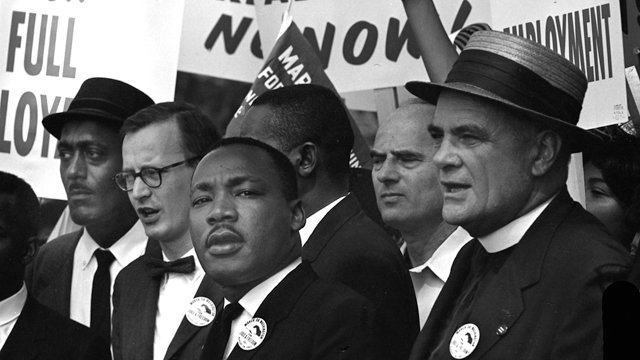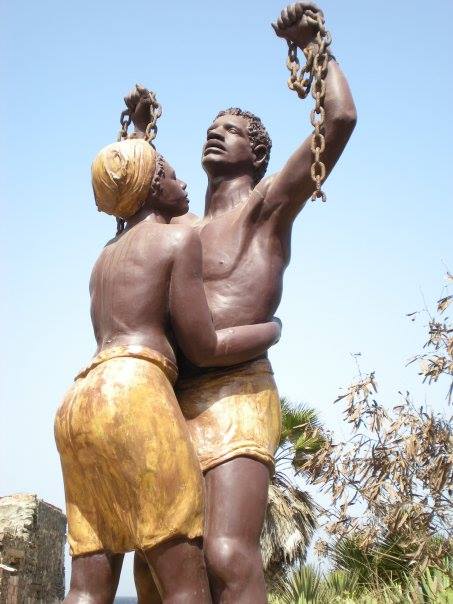We have, over the years, talked about some of the history of African Americans in our military. We have covered all of our Armed Services from the beginning of our history as a country to the present, but we have not done much to reveal that history within the United States Coast Guard. This short, informative video will rectify that a bit.
The Coast Guard has been in existence since August 4, 1790. Congress authorized the construction of 10 vessels to enforce federal tariff and trade laws and to prevent smuggling. The Coast Guard has been given many more missions over its history, and, though it does not come under the Department of Defense, it is considered a military service, and its military service has been important in the nation’s defense. Its record of service is full of courage, skill, and a supreme dedication to save lives and property on all of our coasts, rivers, and lakes.

Continue reading this awe-inspiring, detailed post, complete with historical photos on
The Veteran’s Site
part of the Greater Good Network.






 One in four cowboys was Black, despite the stories told in popular books and movies.
One in four cowboys was Black, despite the stories told in popular books and movies.
